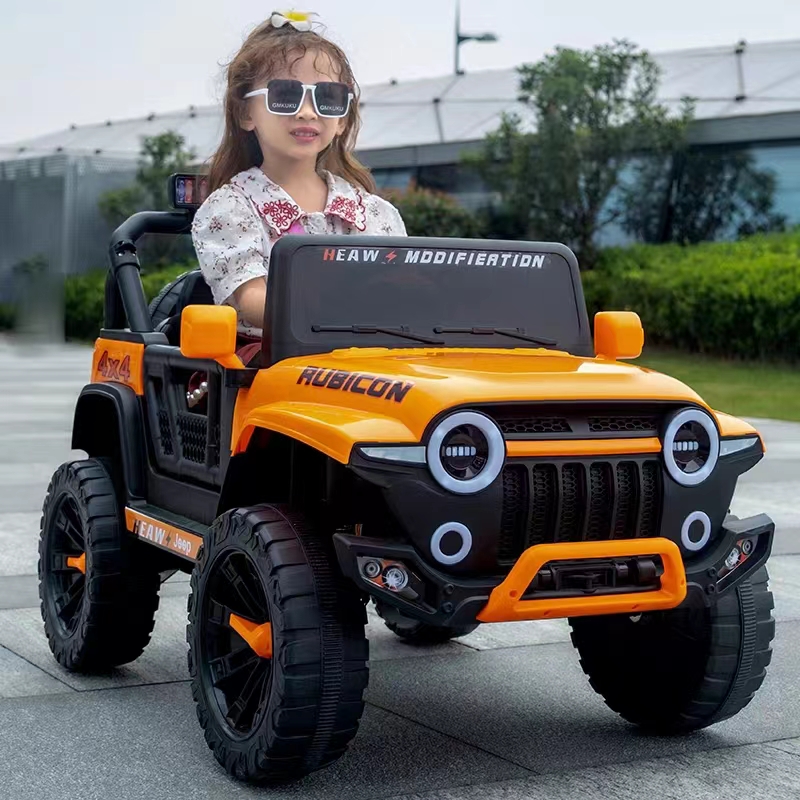Understanding the Mechanics Behind Self-Balancing Scooters and Their Technology
How Does a Self-Balancing Scooter Work?
Self-balancing scooters, commonly known as hoverboards, have become increasingly popular as a mode of personal transportation and recreational device. They are characterized by their sleek design, easy maneuverability, and the unique ability to maintain balance without the assistance of handlebars. But how exactly do these fascinating devices work? This article will explore the underlying technology that enables self-balancing scooters to function effectively.
Basic Components of a Self-Balancing Scooter
To understand how a self-balancing scooter works, one must first recognize its fundamental components. A typical hoverboard consists of a sturdy platform, two wheels, sensors, a gyroscope, a control board, motors, and a rechargeable battery. Each of these elements plays a crucial role in the operation of the scooter.
1. Platform The flat surface where the rider stands is designed for comfort and stability. Made from durable materials, it also houses the internal components.
2. Wheels Most self-balancing scooters come with two wheels that are positioned side by side. These wheels are often larger than those found on traditional scooters, allowing for better stability and smoother rides.
3. Sensors At the core of a hoverboard's technology are various sensors that continuously measure the scooter's orientation and movement. These sensors detect tilt, angular movement, and weight distribution to ensure the rider remains balanced.
4. Gyroscope The gyroscope is a key element that helps maintain balance. It provides real-time data about the scooter's tilt angles, which allows the control board to initiate corrective actions.
5. Control Board The control board acts as the brain of the hoverboard. It interprets the data received from the sensors and gyroscope and processes it to control the motors accordingly. This helps in adjusting the speed and direction of the scooter.
6. Motors There are typically two electric motors, each located in one of the wheels. These motors drive the wheels and enable movement, providing the necessary power to propel the scooter forward or backward.
how does self balancing scooter work

7. Rechargeable Battery A lithium-ion battery powers the scooter. The range and performance of the hoverboard largely depend on the battery's capacity and efficiency.
How Self-Balancing Technology Works
When a rider steps onto the self-balancing scooter, the device begins to collect data from its sensors and gyroscope. Here’s a step-by-step breakdown of the balancing mechanism
1. Initial Balance The scooter starts in an upright position when a rider steps on. The sensors recognize the rider's weight distribution and adjust accordingly.
2. Feedback Loop The gyroscope and accelerometers continuously send data to the control board. If the scooter begins to tilt forward, the control board will instruct the motors to engage, moving the wheels forward to counteract the tilt. Conversely, if the rider leans back, the motors adjust to move the wheels backward.
3. Turning and Direction To turn, the rider shifts their weight to one side. The sensors detect this shift and communicate with the control board, which responds by activating the motor on the opposite wheel to enable a smooth turn.
4. Speed Control The rider can control the speed of the scooter by leaning forward or backward. The greater the tilt, the faster the wheels rotate. To slow down or come to a stop, the rider simply shifts their weight back to a neutral position.
Conclusion
The technology behind self-balancing scooters is a remarkable combination of mechanical engineering, sensor technology, and electronic control systems. Through the integration of gyroscopes, sensors, and motors, these devices can provide an intuitive riding experience that feels almost instinctive. As technology advances, we can expect hoverboards to become even more sophisticated, potentially offering additional features like longer battery life, improved safety mechanisms, and enhanced connectivity. Whether for fun or as a means of personal transportation, self-balancing scooters represent an exciting evolution in mobility technology.
-
Understanding Voltage in Battery for Children's Motorized CarNewsJun.05,2025
-
Safety Features to Look for in an Electric Car for KidsNewsJun.05,2025
-
How to Teach Your Child to Ride a Kids MotorcycleNewsJun.05,2025
-
How to Prevent Falls on a Balanced ScooterNewsJun.05,2025
-
How to Maintain Your 3 Wheeled Scooter for LongevityNewsJun.05,2025
-
Best Motorcycle Scooters for Urban CommutingNewsJun.05,2025
